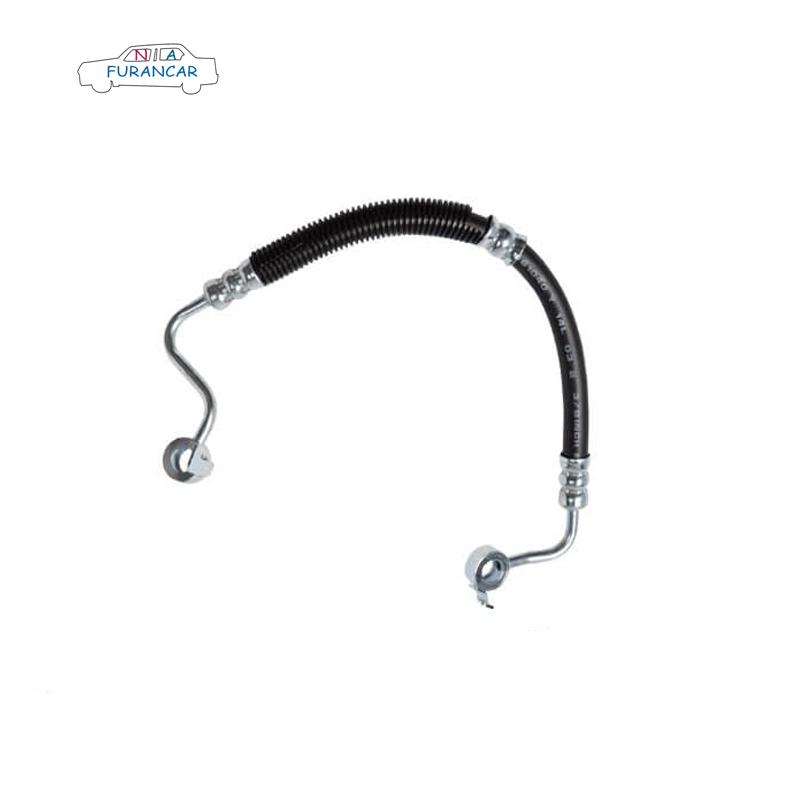Power steering hoses: Cause of failure
Hoses typically leak around the crimped connections between hard and soft lines.
Can You Properly Inspect and Repair Them?
As part of any power steering inspection, first look at the fluid. If it’s grey or black, it could be a sign the inner layers of the hose have been compromised by worn, degraded or incorrect fluid. This type of discoloration is caused by rubber or metal particles in the fluid.

What can cause a power steering hose to fail? Let’s be honest, the life of power steering hoses is not easy. They must endure some of the highest pressures and temperatures under the hood. Coupled with ozone, oil and solvents attacking the outer layers of these power steering hoses, it is easy to see why some hoses fail.
Loss of power steering can cause an accident – and power steering fluid is extremely flammable. When it ignites, it is difficult to extinguish. Inspection of the lines is important, and any leak should not be taken lightly.
Inspections: Start at the Reservoir
As part of any power steering inspection, first look at the fluid. If the fluid is grey or black, it could be a sign the inner layers of the hose have been compromised by worn, degraded or incorrect fluid. This type of discoloration is caused by rubber or metal particles in the fluid.
High-temperature pulsations cause power steering hoses to deteriorate from the inside. The constant flexing and pressure surges result in the breaking off of small particles of hose, which are carried through the system and can lead to system malfunction.
When performing an inspection of power steering hoses, any imperfection on the outside should be carefully inspected for the following signs:
Abrasion: If the outer layers of power steering hoses show any physical damage, they should be carefully inspected. If the outer layers are damaged, the inner layers of the hose could be exposed to damaging chemicals, heat and ozone. If there is damage to the power steering hose, investigate how it was damaged. Worn motor mounts, missing mounting tabs and exhaust gasket leaks can damage power steering hoses.
Bulges: Any bulges on power steering hoses are a sign that the internal layers have failed, fluid is working between the layers, and complete failure is imminent.
Softness: If a hose feels soft in an area, it is a sign that the internal or external layers are breaking down.
Cracking and Flaking: If a power steering hose’s outer layer is cracking or flaking, it is an early sign of internal wear, and the hose has lost its ability to absorb pressure surges.
Corrosion: Extreme corrosion on the fittings can cause the power steering hose assembly to fail. Most fittings are covered with corrosion-resistant coatings and plating methods. If they are removed due to abrasion, solvents or other processes, the fitting will eventually fail.
Leaks: Power steering fluid does not magically disappear. Any leak in a hose assembly is a problem that should be addressed.

